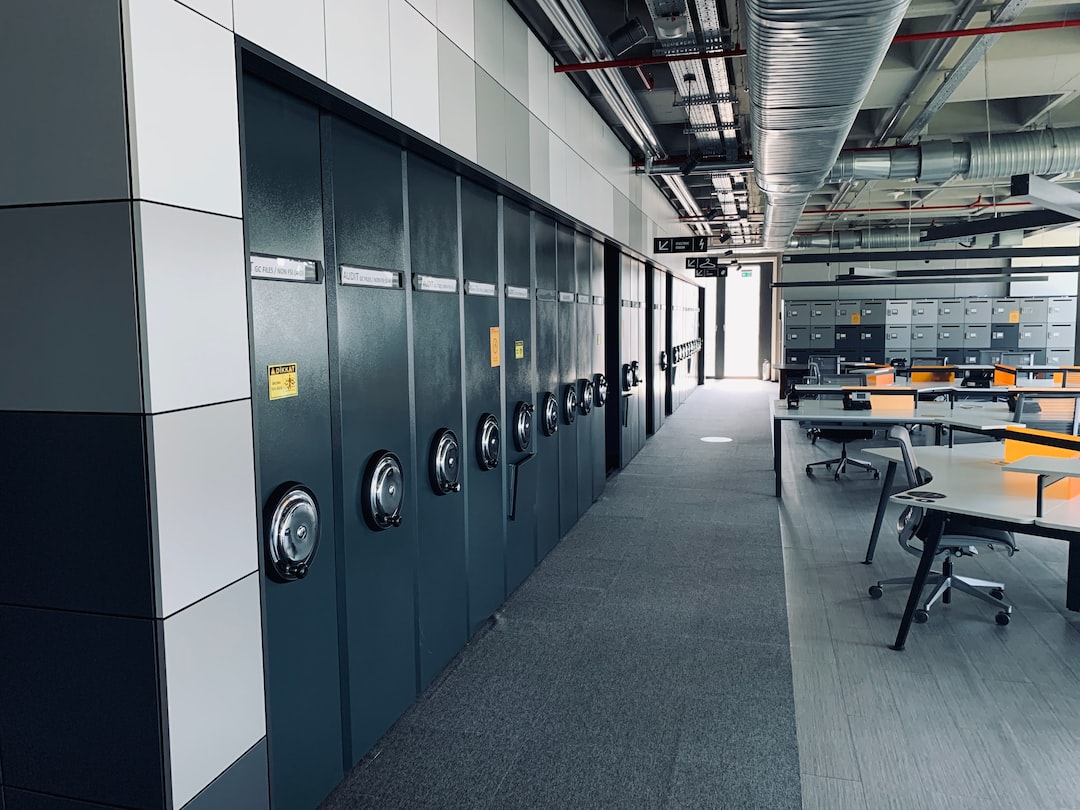A Step-by-Step Guide to Building Your Own Custom Computer
In today’s digital age, having a computer is a necessity for most of us. However, finding the perfect computer can be a difficult task, as there are countless options available in the market. If you are someone who likes to have complete control over your machine and wants to save some money in the process, building your own custom computer can be a rewarding experience. In this step-by-step guide, we will walk you through the process of building your own custom computer.
1. Set your budget: The first step in building your own custom computer is setting a budget. Determine how much you are willing to spend on your new machine. This will help you make informed decisions when selecting components.
2. Research and choose your components: Research is key when it comes to building your custom computer. Look for reliable brands and identify the components that will suit your needs. The main components you will need are a processor, motherboard, RAM, storage, graphics card, power supply, and a case.
3. Install the processor: Start by installing the processor onto the motherboard. Gently open the CPU socket and align the arrows on the CPU with the notches on the socket. Carefully lower the CPU into the socket, making sure it sits properly. Close the socket cover to secure the CPU in place.
4. Install the cooling system: To prevent overheating, it is important to install a cooling system. This can be either an air cooler or a liquid cooler, depending on your preference. Follow the instructions provided with the cooling system to install it properly.
5. Install the RAM: Insert the RAM sticks into the memory slots on the motherboard. Ensure that the notch on the RAM stick aligns with the notch on the slot. Firmly push down until the RAM sticks click into place.
6. Install the storage: Connect your storage devices, such as SSDs or HDDs, to the motherboard using SATA cables. Make sure to secure the drives in the case using the provided screws. Additionally, route the cables neatly to ensure good airflow.
7. Install the graphics card: If you plan to engage in graphics-intensive tasks or gaming, a dedicated graphics card is essential. Insert the graphics card into the appropriate slot on the motherboard and secure it in place with screws.
8. Connect the power supply: Connect the main power cable from the power supply to the motherboard. Additionally, connect the necessary power cables to other components, such as the graphics card and storage devices.
9. Install the operating system: Insert the OS installation media (DVD or USB) and follow the on-screen instructions to install the operating system. Remember to format and partition your drives during the installation process.
10. Test and troubleshoot: Once everything is installed, it is crucial to test your custom computer to ensure everything is functioning properly. Power it on, check for any error messages, and run benchmarking software to confirm smooth performance. If any issues arise, troubleshoot accordingly.
Building your own custom computer is a fantastic way to have a machine tailored to your needs. It allows you to handpick every component, ensuring quality and performance within your desired budget. In addition, it provides a greater understanding of how the hardware works, allowing for easier troubleshooting and upgrades in the future.
While building your own computer can be an enjoyable and fulfilling process, it is important to approach it with caution. Take your time, follow instructions meticulously, and don’t rush. Avoid static electricity by grounding yourself before handling any components.
Remember, if you are unsure about any step in the process, there are numerous online forums and tutorials available that can guide you through the process. Building your custom computer can be a learning experience that empowers you to take control of your digital world. So, get ready to unleash your inner tech enthusiast and build your dream machine!

